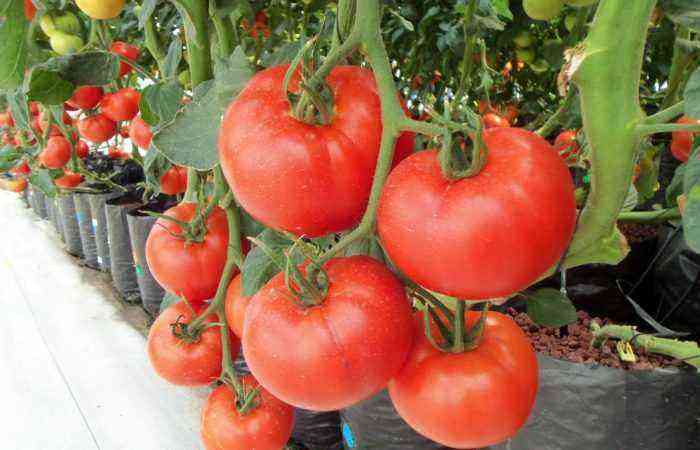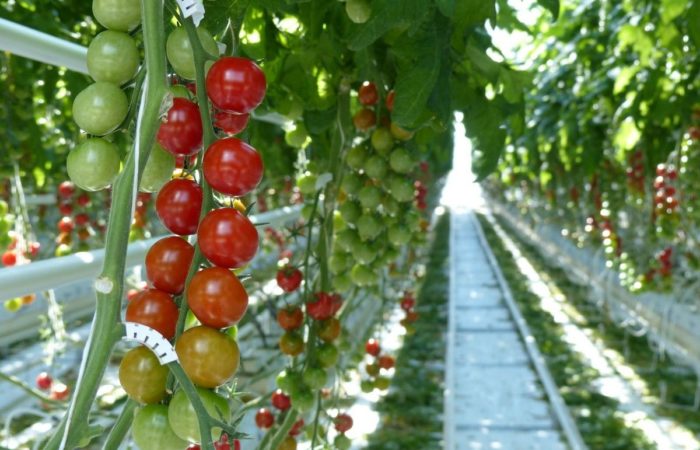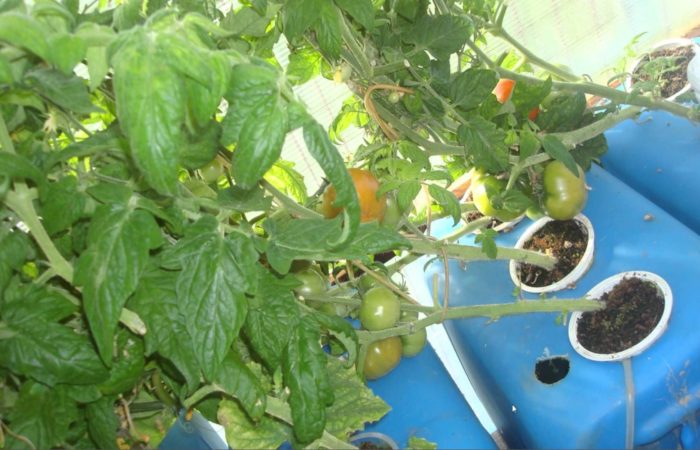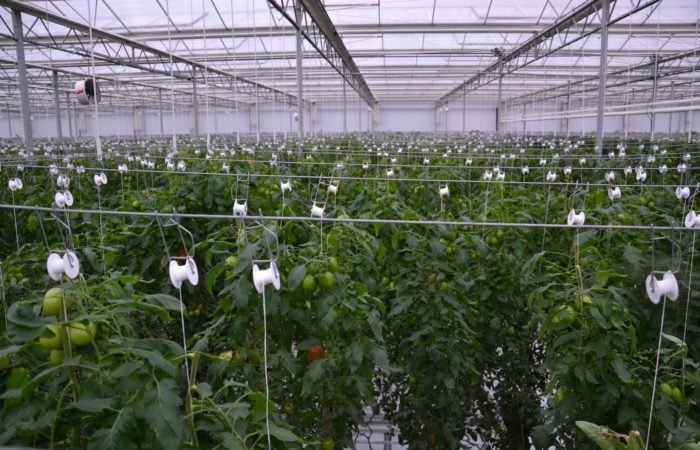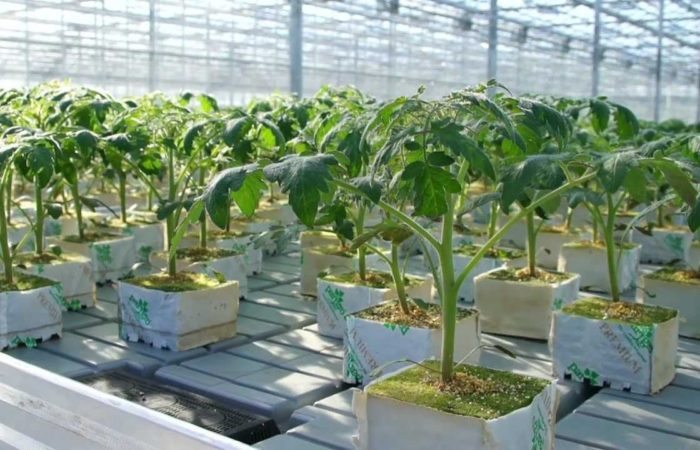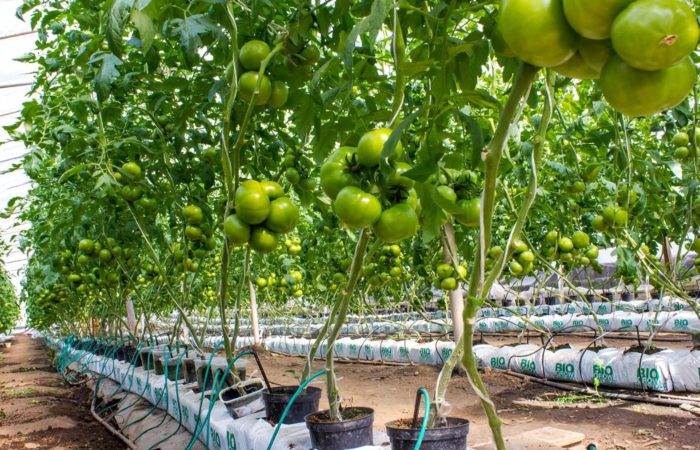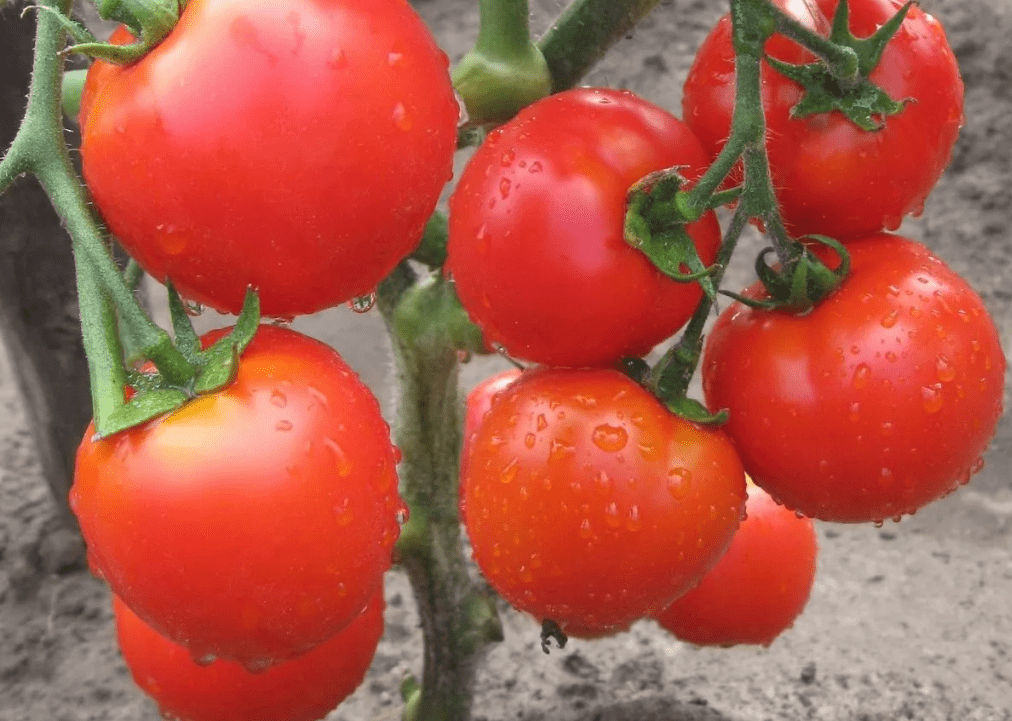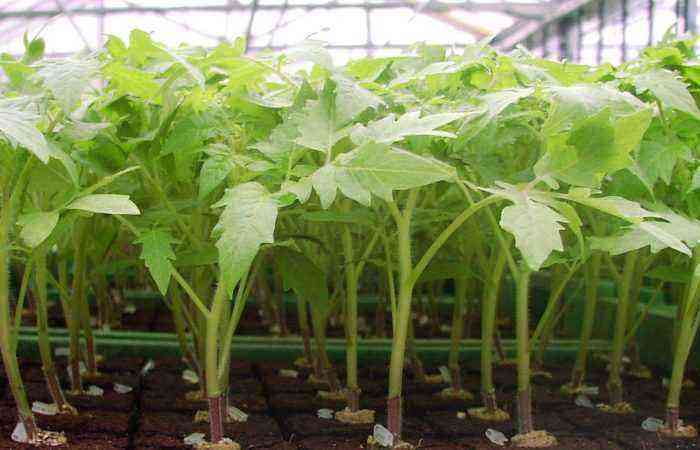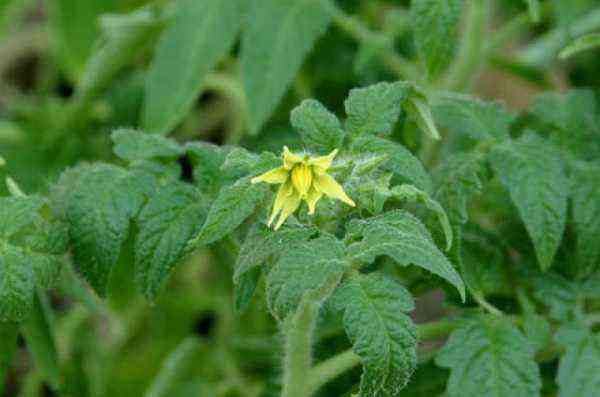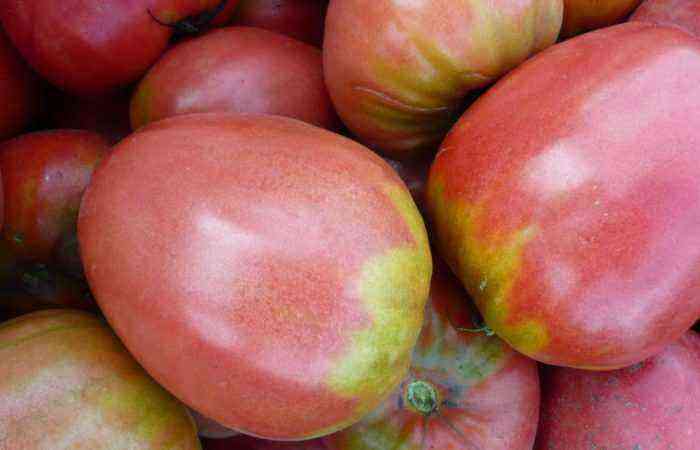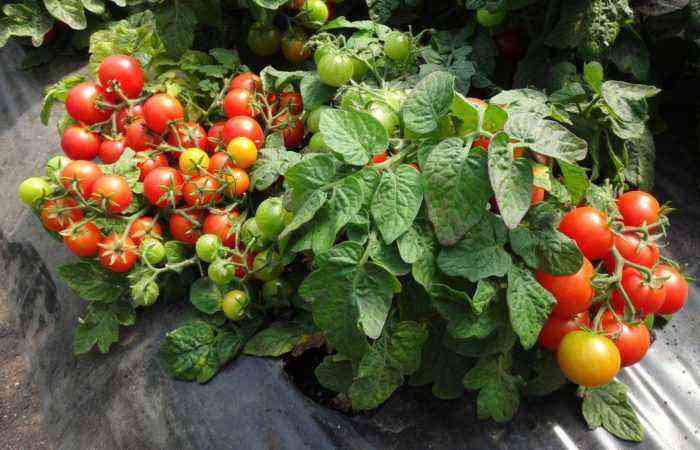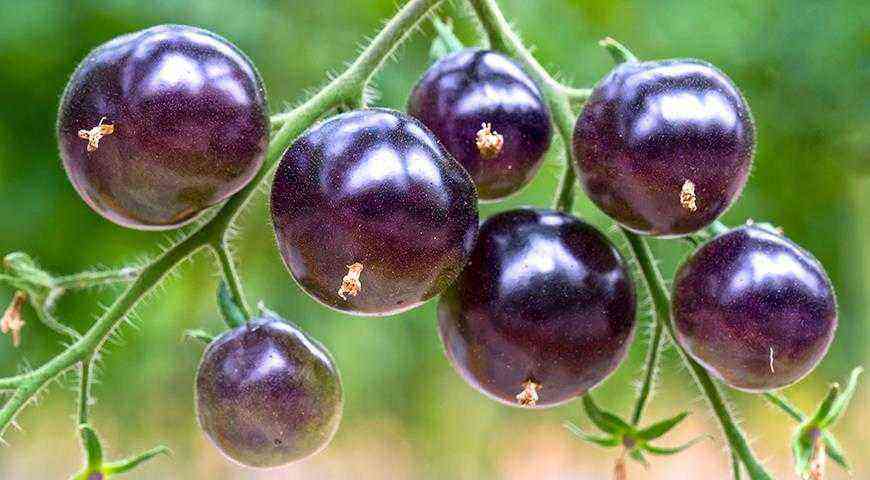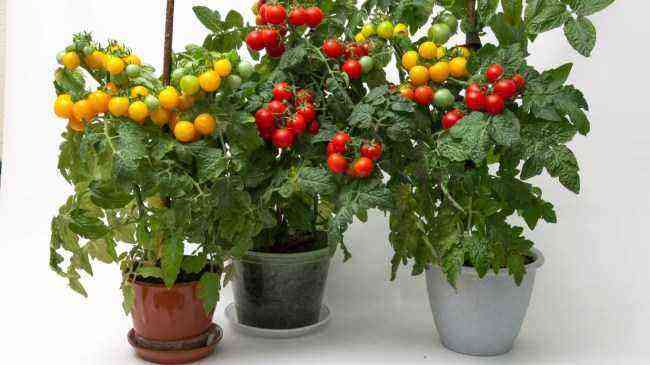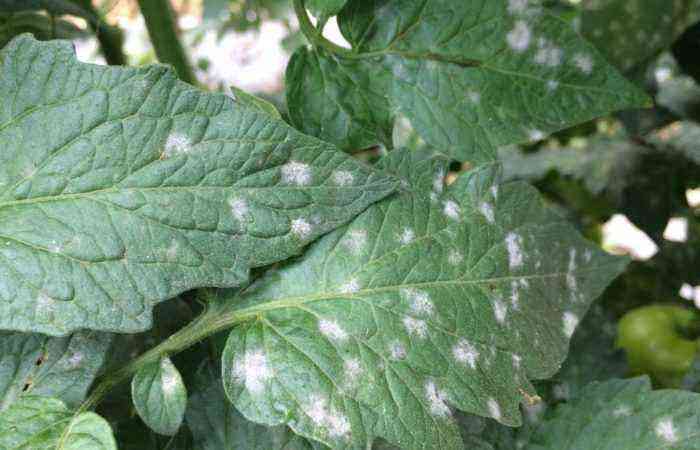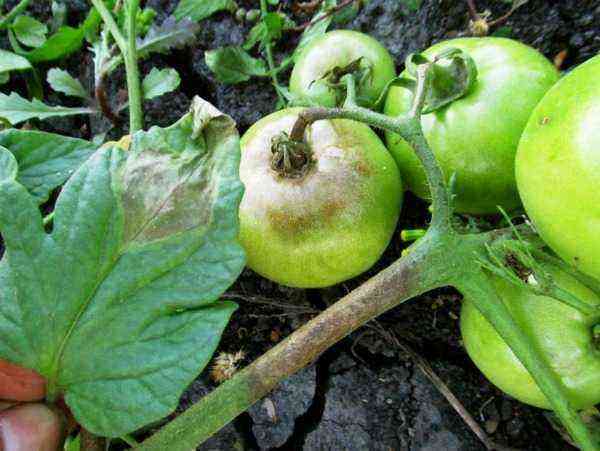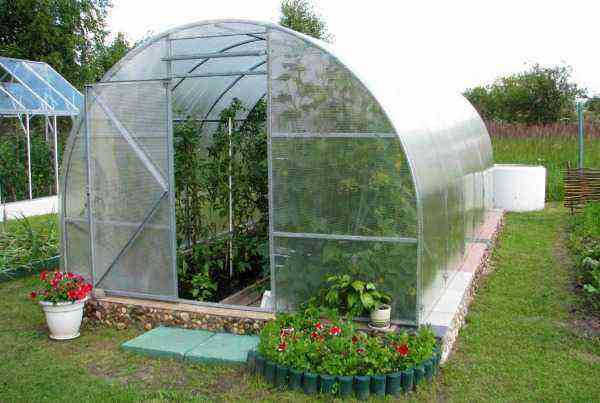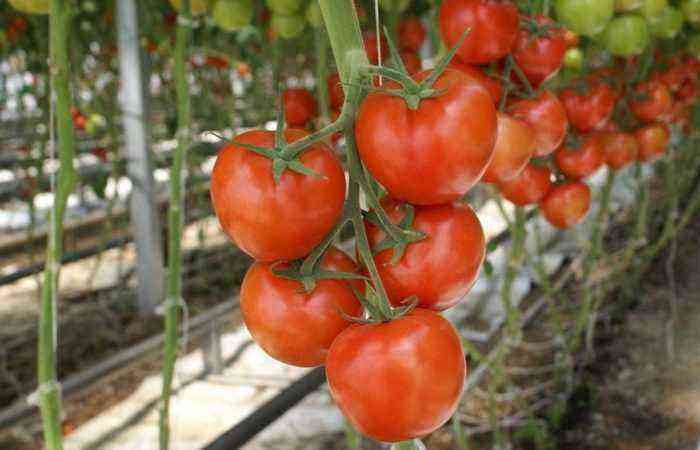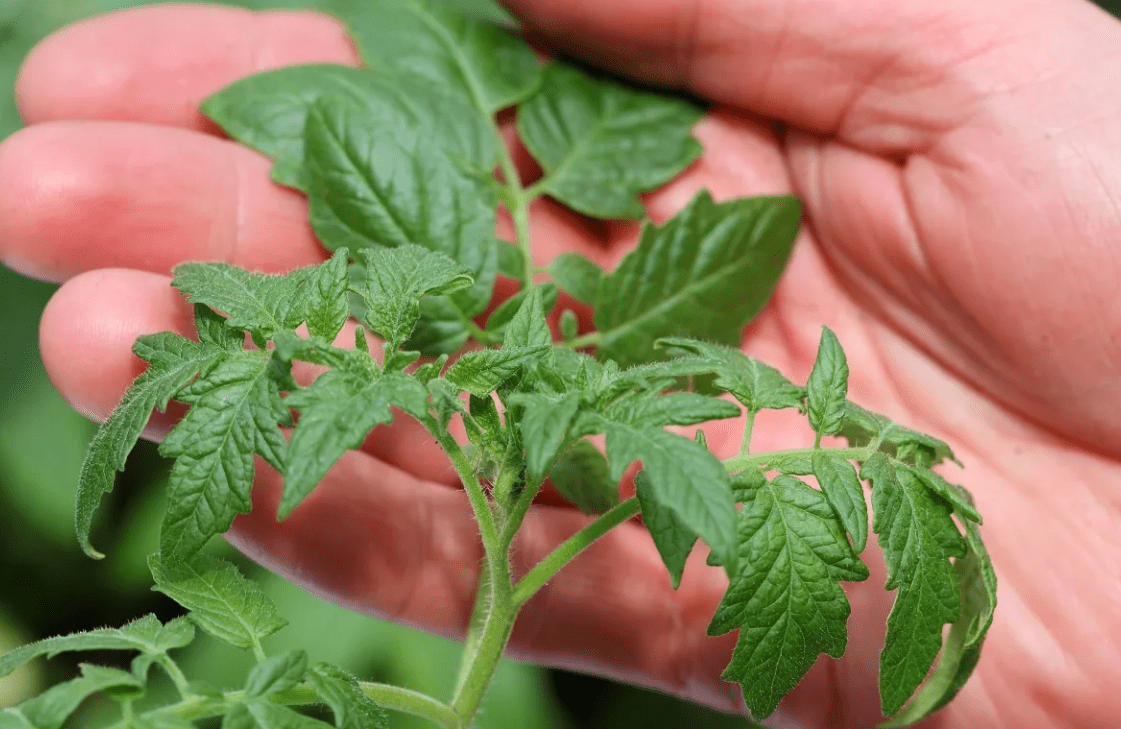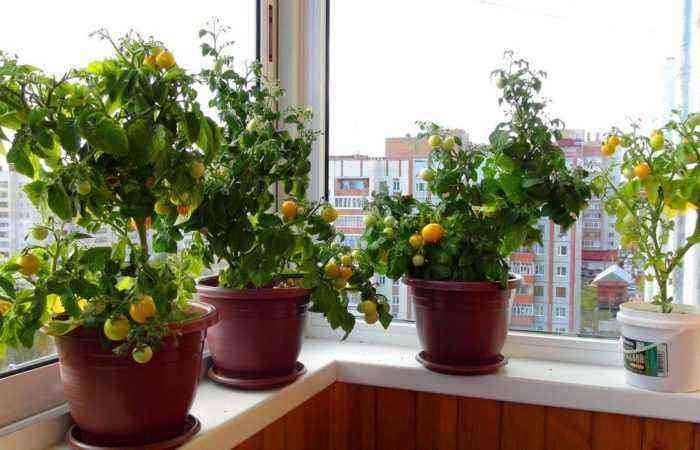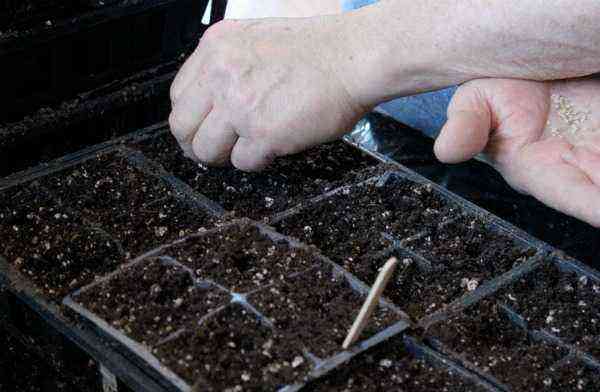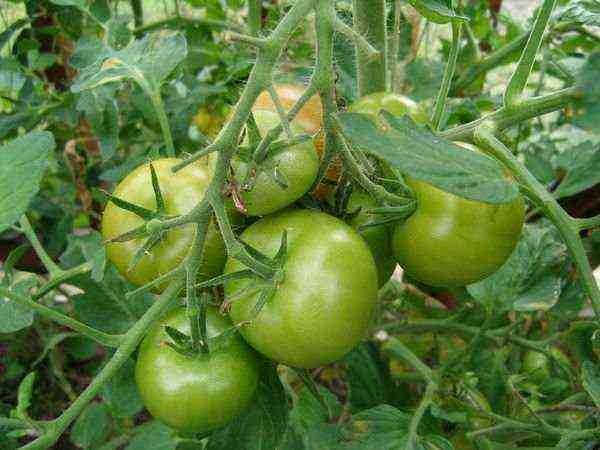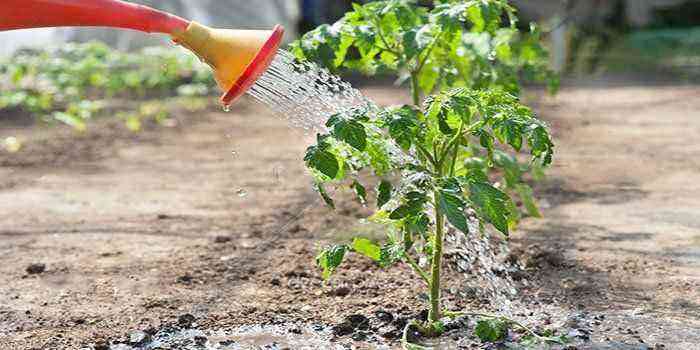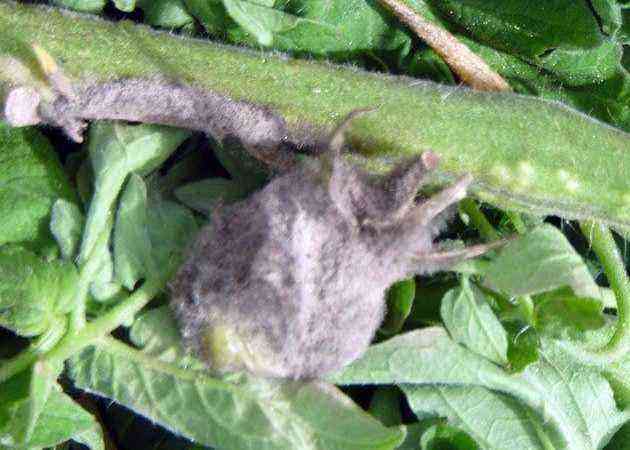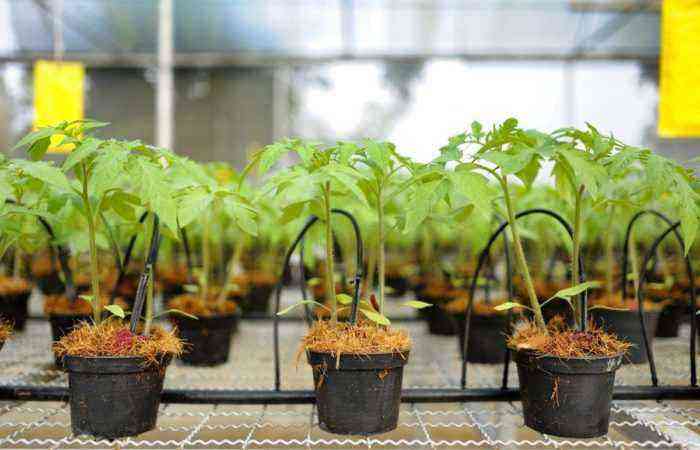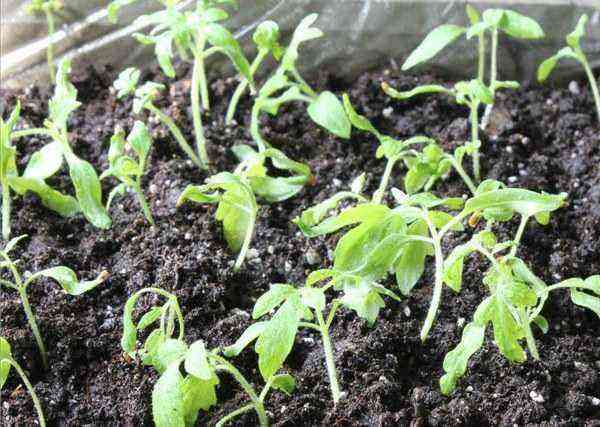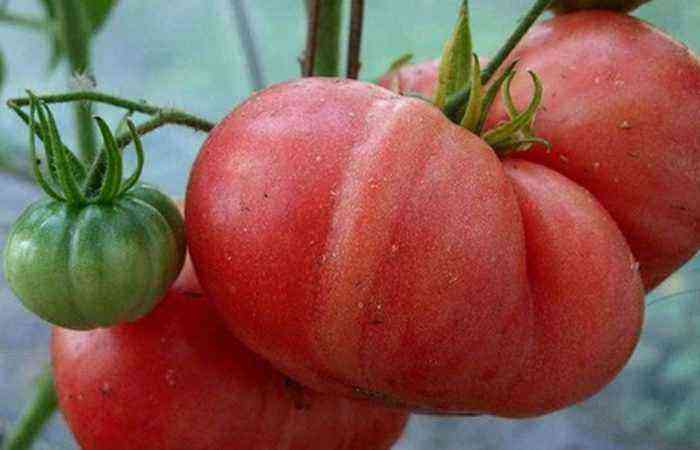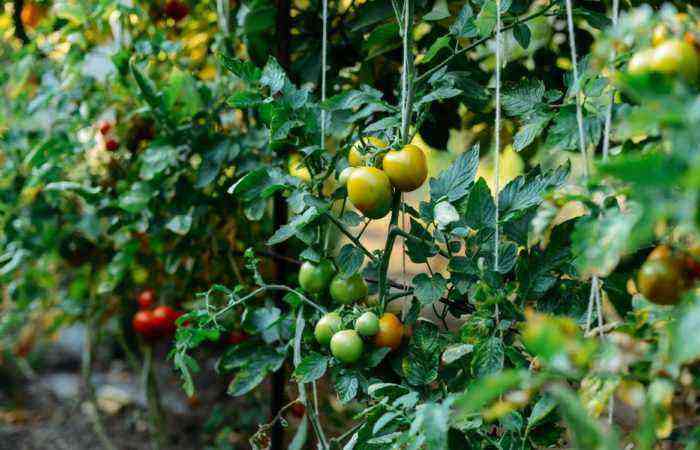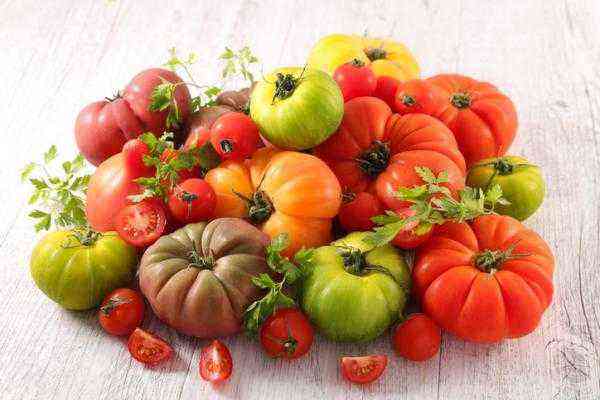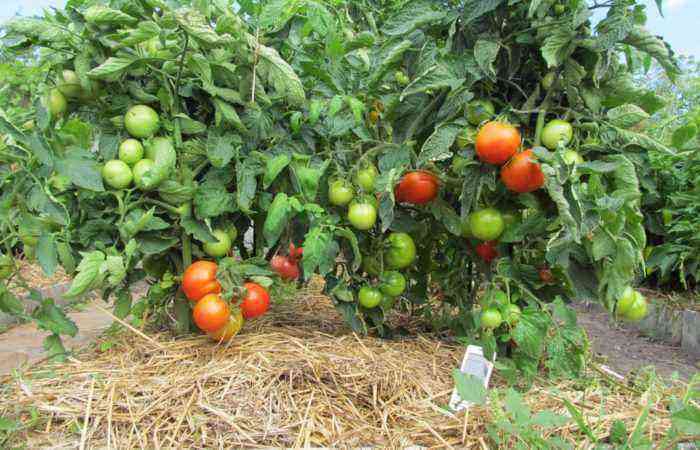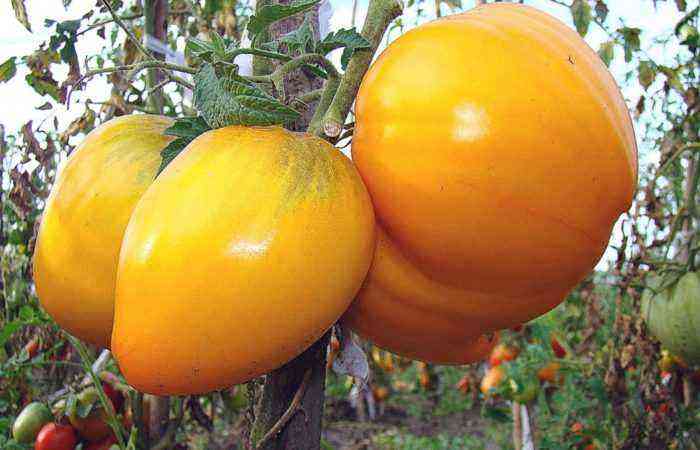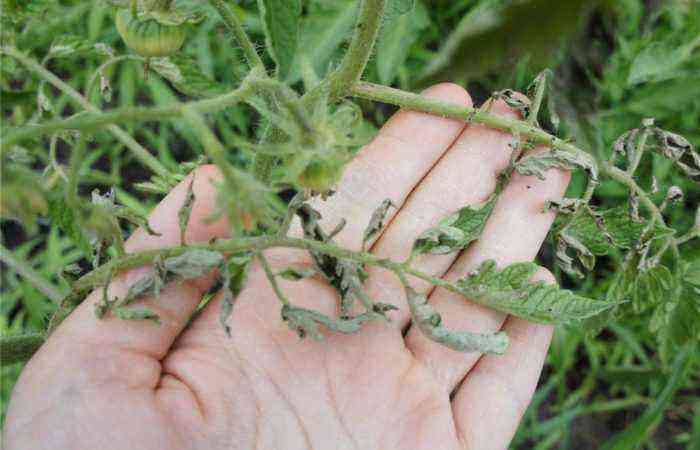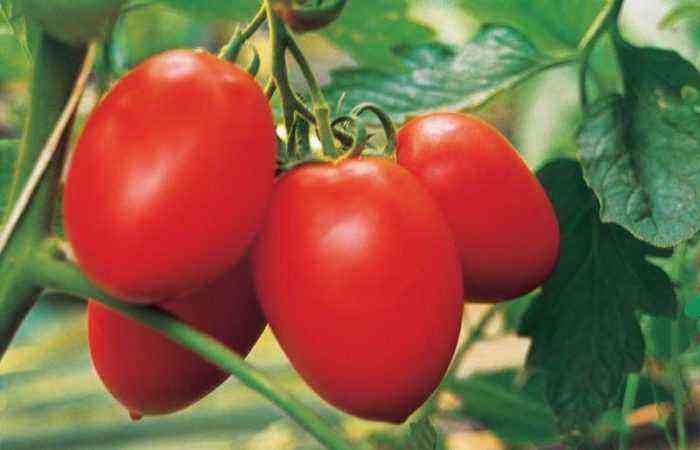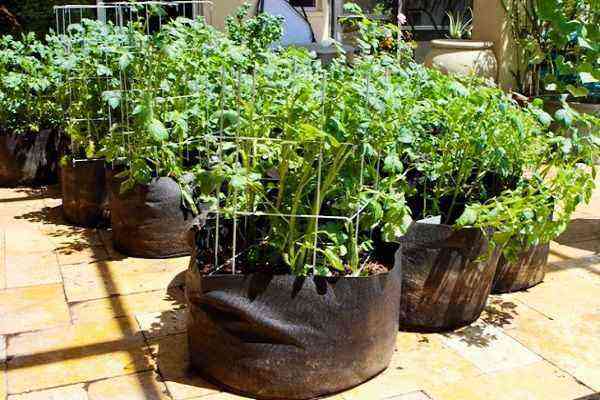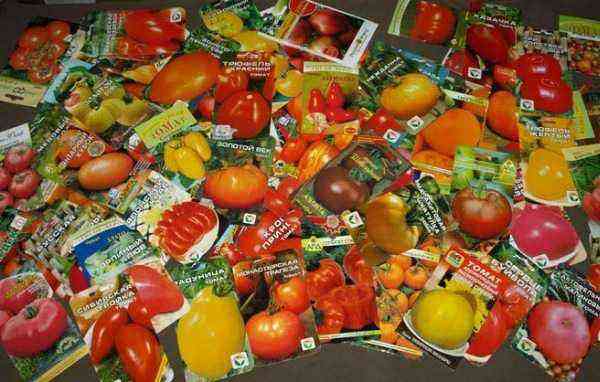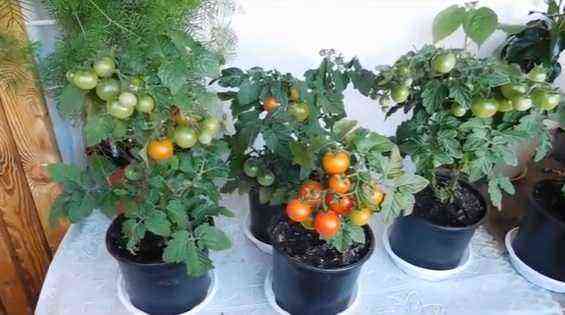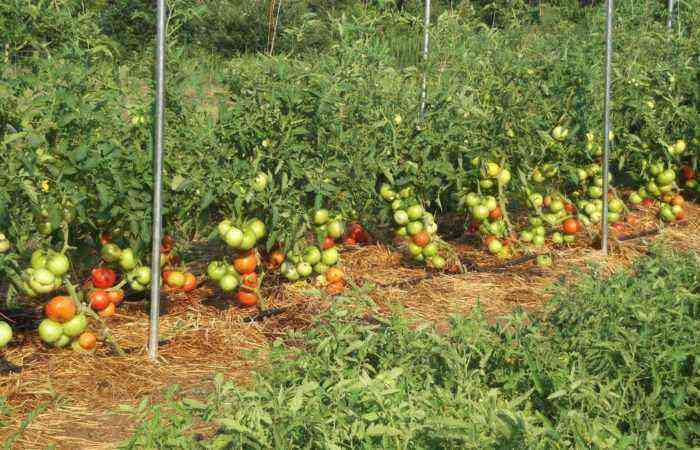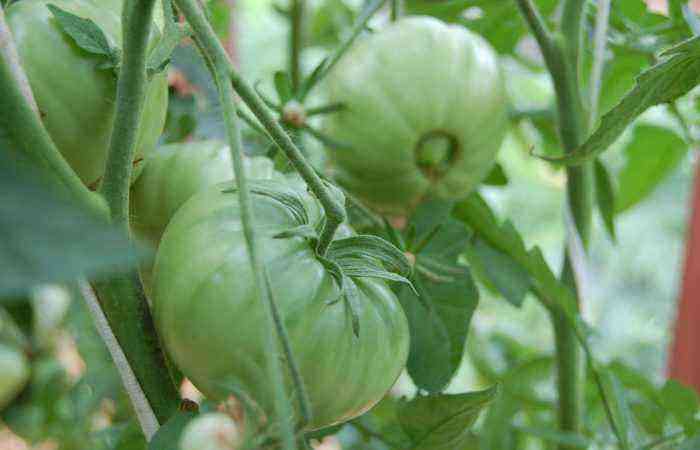If we consider the growth of a plant as a process, then it turns out that the soil is needed by the plant as a substance containing dissolved nutrients. Why not dissolve them in something else?
Nutrition should be balanced, that is, the plant should be supplied in certain quantities. The lack or excess of individual elements can not only slow down the growth of a plant, but also lead to the development of diseases and even to its death.
Based on this, a method of plant nutrition without soil was created, by supplying the root system with the necessary elements using aqueous solutions. And to fix the root system, various artificial environments are used.
This method or agricultural technique is called hydroponics. The complex word “hydroponics” consists of two parts: water + work. In other words, it is the work of water to deliver a complex of essential nutrients to the plant.
How do tomatoes grow without soil
A tomato bush during the growing season forms a significant mass, which needs a lot of nutrition. Plants are very sensitive to nutrient deficiencies. When grown in the traditional way on the ground, the tomato root system, in search of food, occupies the entire area of uXNUMXbuXNUMXbthe ridge and sinks deep into the soil.
The plant expends a lot of energy on this, which could be used to form fruits.
In hydroponics, the roots are kept in an inert substrate that is placed in a nutrient solution. The sensitive root system of a tomato extracts nutrition from aqueous solutions very well, without growing to enormous sizes. As a result, growing tomatoes in artificial media using the hydroponic method gives excellent results.
Technological features of the hydroponics method
Briefly, the essence of the technology is as follows:
- The root system is located in solid fillers, which themselves have no nutritional value: mineral wool, gravel, expanded clay, slag, perlite, coarse sand, coconut fibers. The substrate is preliminarily washed and disinfected.
- An aqueous solution of nutrients is being prepared, balanced in all respects for this crop.
- The growing container is placed in a larger container, where the nutrient solution is supplied. The growth of the roots is periodically observed, as soon as they make their way through the bottom of the pot, the level of the solution in the outer container is lowered so that an air gap of four to eight centimeters is obtained between it and the bottom of the pot. So the roots breathe and feed, being in a humid environment. At the same time, the required air humidity is always maintained.
- Optimal conditions are created for the development of tomato: the temperature of the air and the nutrient solution, the content of carbon dioxide in the air at the concentrations necessary for normal photosynthesis, the time and amount of illumination.
What does a hydroponic tomato plant look like?
Tomato plants in the ground immediately signal a lack or excess of nutrients in color, size, shape of leaf blades, stem size, top development.
Plant growth in hydroponics occurs in conditions of nutrition and microclimate created artificially. If they fully meet the optimal requirements for the development of the plant, then the condition of the bush and the vegetative mass will be good. In addition, the lack of contact with the soil protects plants from damage by various diseases that significantly worsen the condition of the bush.
Pros and cons of technology
The practical use of hydroponics shows the advantages of this method compared to traditional ones:
- a significant increase in productivity against the background of a balanced mineral nutrition and a favorable microclimate;
- reducing the risk of accumulation of chemical compounds harmful to the body, since the nutrition of the plant is strictly dosed, and the plant itself is not subjected to chemical treatment;
- the absence of fungal, viral and bacterial diseases that are in the soil;
- reduction of labor costs for watering, chemical treatments and weed control;
- reducing the consumption of water, fertilizers and trace elements due to the individual feeding of each bush;
- soil replacement is not required for annual use;
- a significant improvement in the conditions and quality of work due to the absence of dirt, pests and odors.
There are also negative points that hinder the development of such a method as hydroponics:
- significant financial costs at the initial stage for the organization of the system. These costs are recouped in a short time, but not everyone is ready to calculate this;
- stereotypes developed in society, lack of awareness put products grown on hydroponics on a par with genetically modified products.
Favorable microclimate
Maintaining the necessary microclimate is as important as nutrition. The optimal concentration of carbon dioxide is set in the range from 0,10% to 0,15%.
The temperature conditions for growing plants are maintained during the growth period within 22-24°C during the day and 16-18°C at night. During the period of formation and ripening of fruits – 25-28 ° C during the day and 18-20 ° C at night. The substrate provides normal nutrition at 18-20°C.
Since tomato plants are very sensitive to the length of daylight hours, lighting continues for 18-20 hours during the formation of the bush and 17-18 hours during the formation of fruits.
How to grow tomatoes hydroponically
For growing in industrial greenhouses by hydroponic method, tall varieties with unlimited growth are better suited (One hundred pounds, Sugar Buffalo, De Barao, Big Beef, Grandma’s Secret, Scarlet Mustang, Mazarin, etc.) Their crop comes during a long vegetative period without transplanting. For home and small shelters, varieties of early ripening are used (Alaska, Druzhok F1, Gavrosh, Bon Appeti, Favorit, Beatles, Flarino, etc.).
What you need to organize hydroponics
For the production of tomatoes in hydroponics, you will need various materials and tools, depending on the type of system:
- cork for seedlings, cubes or briquettes, mineral wool for growing seedlings;
- pots with holes for the root system, larger pots or buckets for nutrient solution;
- pallets for the installation of containers in the production of seedlings, trays or trays for draining and collecting the solution;
- drip irrigation systems;
- containers for preparing nutrient solution;
- selected substrate;
- electronic scales, electrical conductivity indicator, lamps for lighting, timer for automatic watering.
- hooks, ropes and clothespins for tying plants,
- litmus papers or solutions to determine the level of acidity.
You can clearly see how tomatoes grow in hydroponics and special fertilizers in the video.
How to deal with nutrient solution
The most crucial moment in hydroponic culture is the preparation of the optimal nutrient solution. Since the concentration of some elements is very small, it is easy to make an error, which in the future will adversely affect the development of plants. The table shows the number of nutrient compositions for different stages of development:
NH4
K
Ca
Mg
NO3
SO4
P
Fe
Mn
Zn
B
Cu
Mo
Наполнение субстрата
мМ
1,35
7,4
5,5
2,7
18,05
3,65
2
29
11
5,5
41
0,68
0,68
мг/л
18,9
288,6
240
65,7
252
116
62
1,63
0,6
0,36
0,44
0,043
0,065
мМ
1,4
7,4
5,2
2,7
16,5
3,5
2
15
10
5
30
0,75
0,5
мг/л
19,6
288
208
65,7
231
112
62
0,84
0,54
0,32
0,32
0,048
0,048
Стандартный
мМ
1
7,5
5,3
2,7
13,8
2,75
1,5
15
10
5
30
0,75
0,5
мг/л
14
292
212
65
193
88
46,5
0,84
0,54
0,32
0,32
0,048
0,048
Для плодоношения
мМ
1
9,35
5,3
2,7
13,5
2,85
1,55
15
10
5
50
0,75
0,75
мг/л
14
364
212
65
182
91
48
0,84
0,54
0,32
0,32
0,048
0,048
If you are not ready to take responsibility for preparing the solution or have some doubts, purchase it ready-made.
Features of growing seedlings
Seedlings for hydroponics are prepared with some features, but the seed soaking process is carried out in the usual way:
Wet seeds are spread on a well-moistened cloth, wrapped and placed in a warm place. The moisture content of the fabric is maintained for 3-5 days. During this time, the seeds will germinate and you can start sowing them.
For sowing seeds, it is recommended to use a special plug impregnated with a nutrient solution and having good drainage properties. In the absence of such a cork, mineral wool can be impregnated with a nutrient composition. The growing period in cork is approximately 10 days. Watering with a solution is carried out every two days. If necessary, the seedlings are illuminated, daylight hours are provided for at least 10-12 hours. The temperature is controlled, its optimal level is 22-24°C.
- We transplant into cubes.
Strengthened seedlings that have reached 7-8 cm are transplanted into cubes (for example, IZOVOL AGRO Cube). By this time, the seedlings will have their first true leaves. To stimulate the development of the root system, laying the plugs on its side is used, which forces the stem to bend upwards, and additional roots form in the area before the bend.
Transplanting seedlings into a hydroponic system
After two weeks, the seedlings will be about 20 cm tall and have two to three pairs of true leaves. They are ready to land on a permanent place. This may be a container with perlite or other filler connected to the drainage system at home.
With sufficient funding, entire greenhouses are transferred to the hydroponics system, where seedlings are planted in mineral slabs of 5-6 plants and placed in special trays for collection and subsequent reuse of the solution.
Cubes with seedlings are placed on top of the plate in cross-shaped slots made in polyethylene.
The bottom of the cube should touch the plate, the edges of the cuts should cover it from the side. The plates are pre-impregnated with a solution during the day. It is necessary to provide for one plant: an area of 90 to 120 cm2, drip irrigation for each seedling at a distance of 2-2,5 cm from the stem.
Important! The acidity of the nutrient solution (pH) must be maintained within the range of 6,0-6,3.
seedling care
Root growth control. At the initial stage, it is not necessary that the roots of the seedlings touch the solution. He will rise to the roots along the substrate. In the future, the plants themselves will germinate to the desired depth. This process is constantly monitored. After the roots germinate through the bottom of the pot, the level of the nutrient solution is lowered to form an air gap and a moist air environment for the roots, which contributes not only to nutrition, but also to the respiration of the plant.
Additional fertilizing
The level of the nutrient solution is maintained constantly – by drip irrigation or by a relatively frequent (almost daily) addition of a mineral nutrition solution. The level of concentration of nutrients in the solution is controlled by an indicator of electrical conductivity EC (in units of mM or mS), the indicator of which should be in the range from 1,5 to 3 mS. Initial readings are recorded and changes are checked daily.
The concentration will decrease daily due to the uptake of the elements by the plants. Preventing the concentration from dropping to a lower level, add batteries in the required percentage or prepare a new solution.
Advice! It is recommended to replace the solution at least once a month. Otherwise, some items may be consumed despite the normal EU level.
Tying
Plants in hydroponics are tied in a certain way, which allows the top of the stem to grow unhindered for a long time, forming new ovaries after the lower ones have already matured. To do this, the top of the tying rope is wound with a large margin on a special hook that clings to the trellis under the greenhouse roof. The other end of the rope goes down to the bottom of the stem and is fastened with a plastic clip under the leaf.
The plant periodically, as it grows, wraps around the rope.
When the lower leaves are removed, the fruits are removed, the lower part of the stem becomes bare, the upper part needs room to grow up, unscrew part of the rope from the hook, lay the bare stem on top of the pot so that it does not touch its surface. This technique greatly facilitates the care of the plant and helps to increase the growing season of the tomato bush. Double-row plantings are tied in a V-shape to improve illumination in the rows.
Passion
It is carried out regularly, removing shoots growing up to 2-2,5 cm in the axils of the leaves. To do this, the escape is taken aside and pressed with force. In parallel, cut off the lower leaves, but no more than 2-3 at a time.
Pollination. Harvesting is impossible without pollination.
For this, bumblebees are launched into stationary greenhouses; at home, you can use an electric toothbrush, which is vibrated for 4-5 seconds in the petiole of the inflorescence. As a last resort, shaking by hand or pollination with a brush is carried out every day. The procedure is carried out during the day, when the humidity is less.
Attention! Pollen sterility occurs at air temperatures above 32°C.
Growing tomatoes in hydroponics is not a very common method among our amateur vegetable growers, but it deserves attention as the most promising. The best achievements of world producers of vegetables in Israel, Holland, and Japan were obtained using this particular method. Therefore: a little experience, patience, effort, financial costs and record harvests will not keep you waiting.
